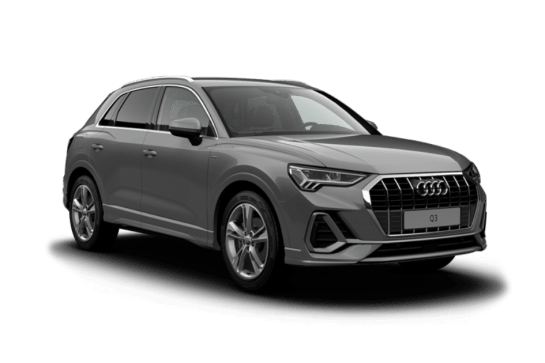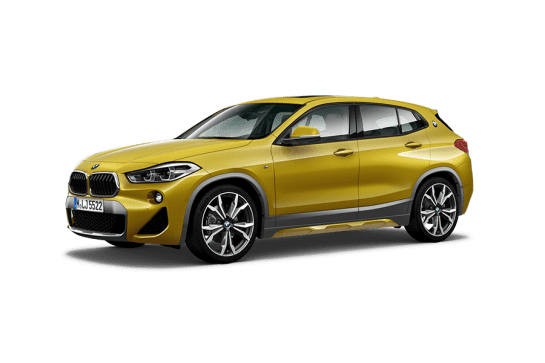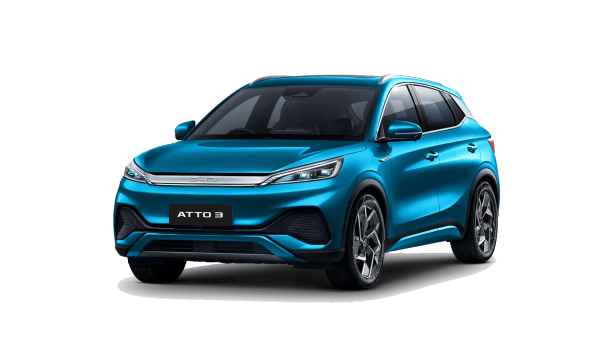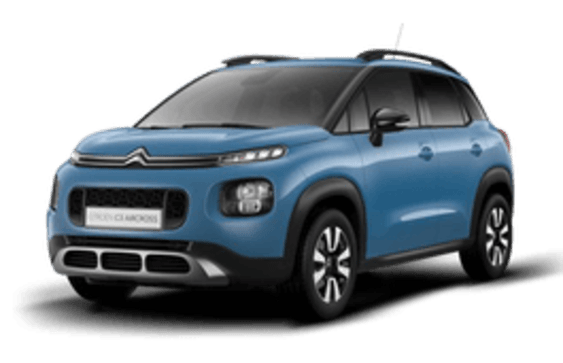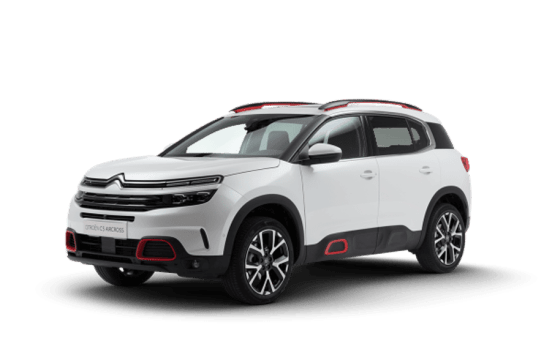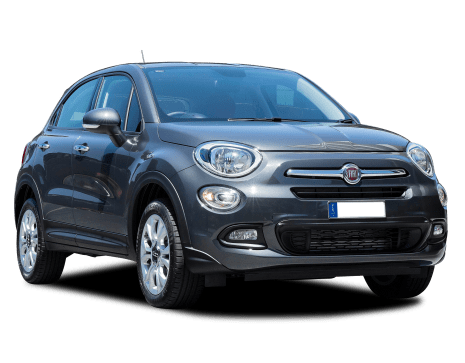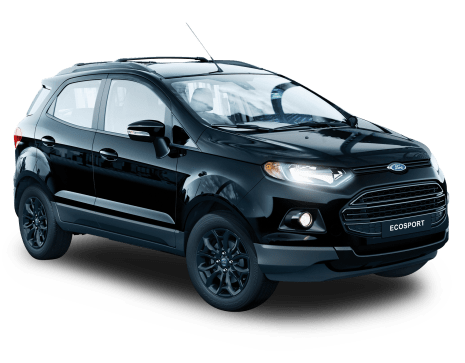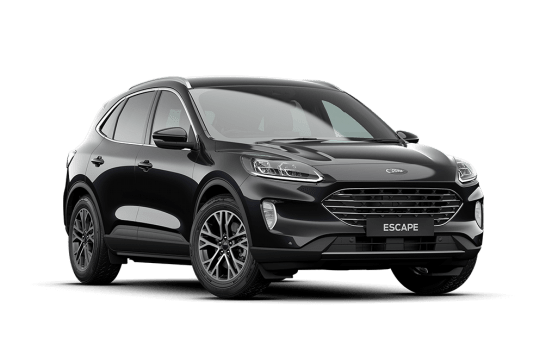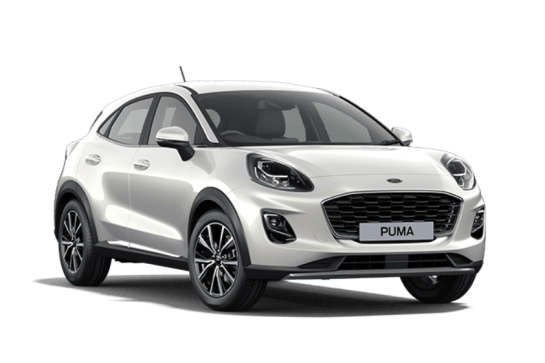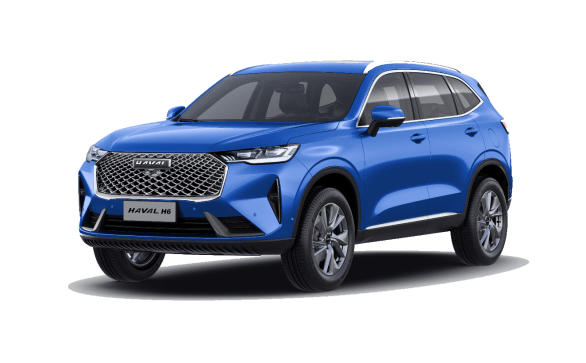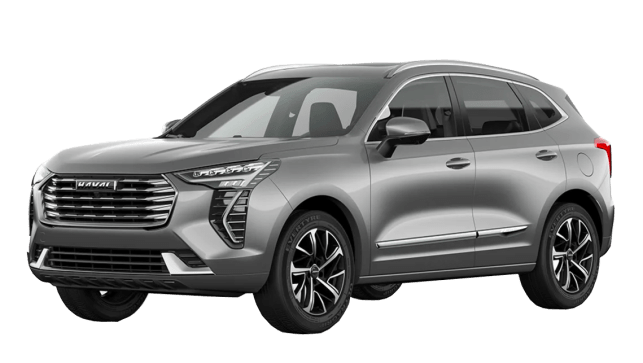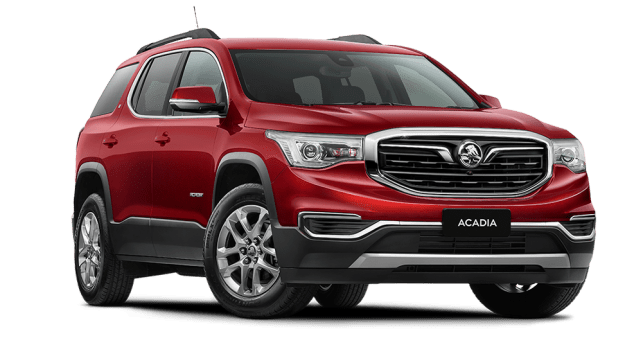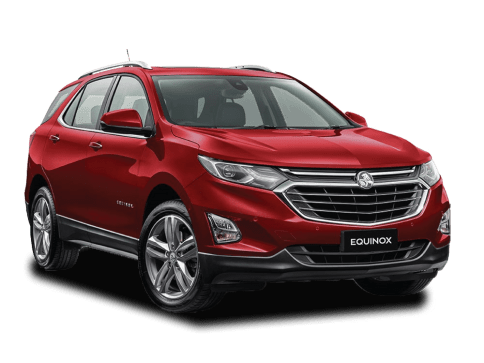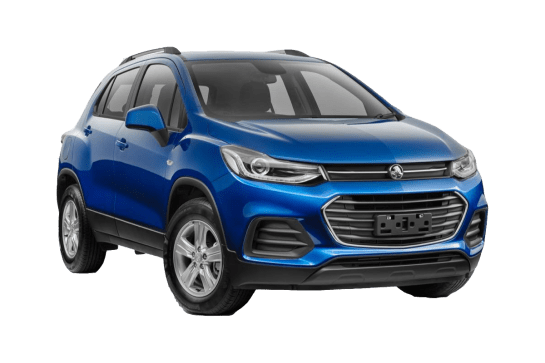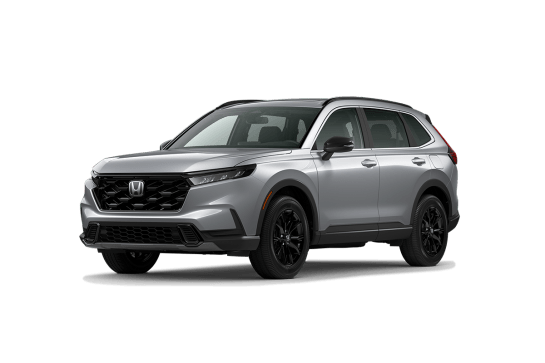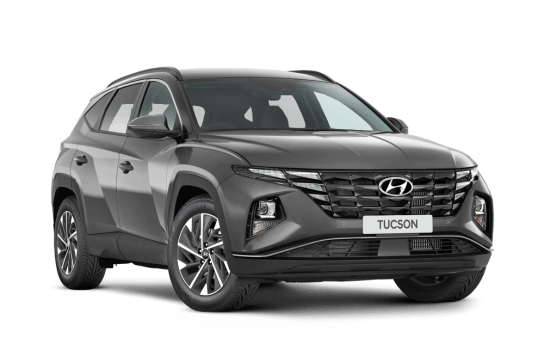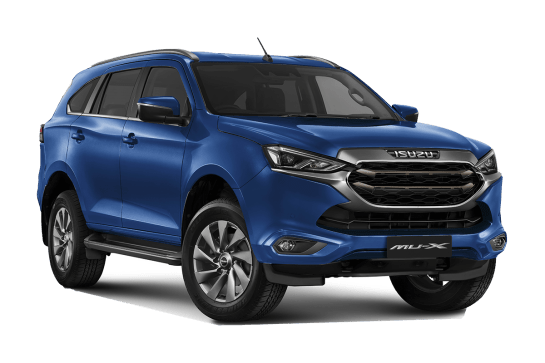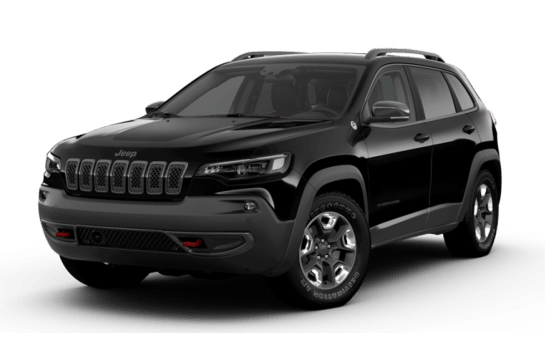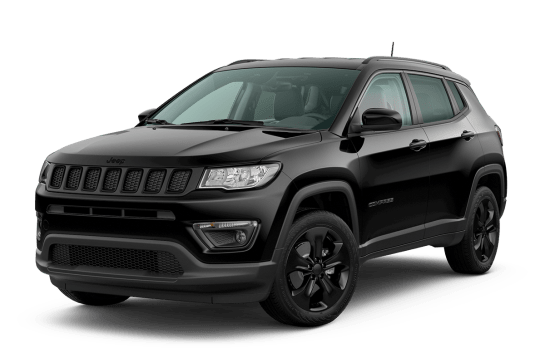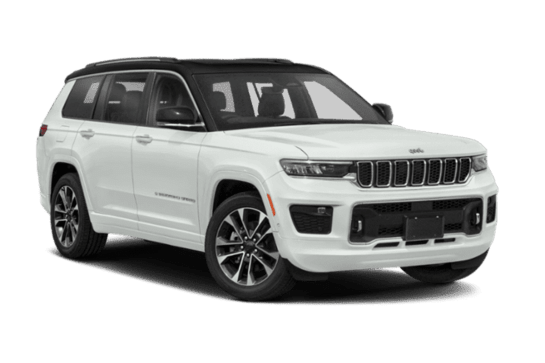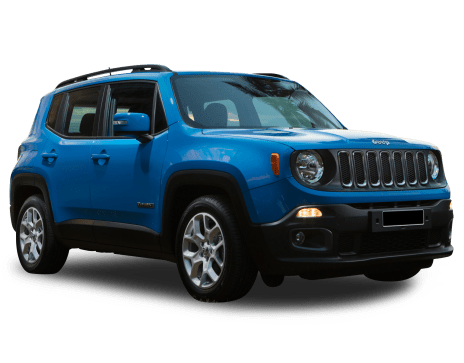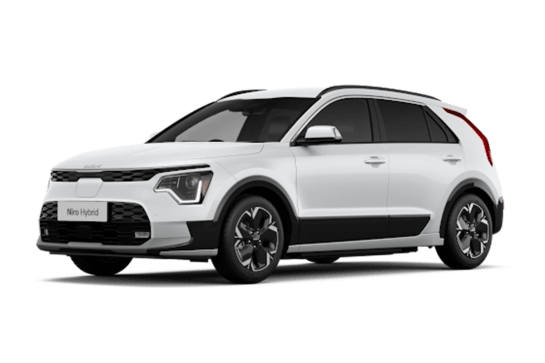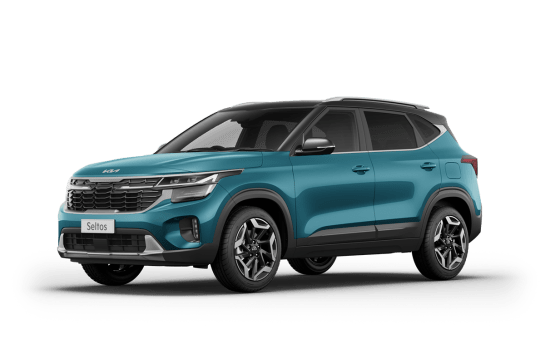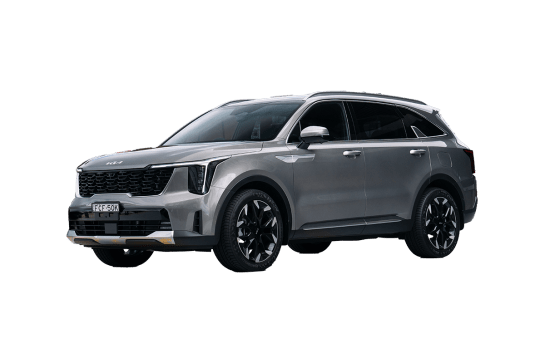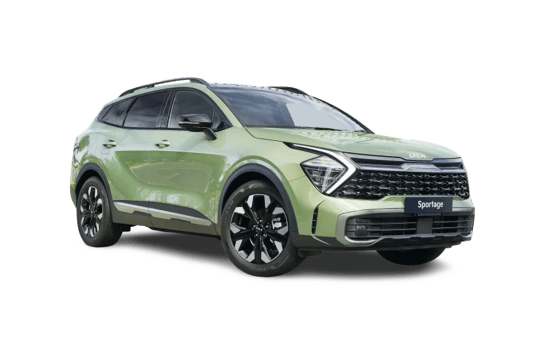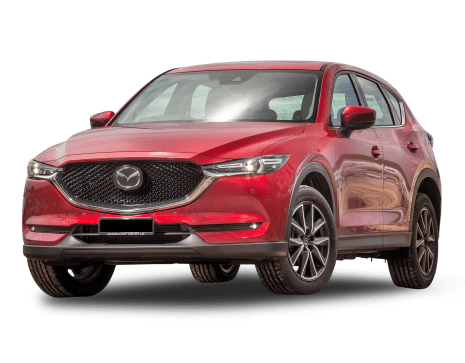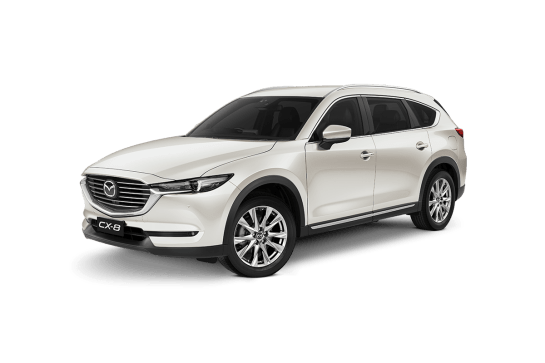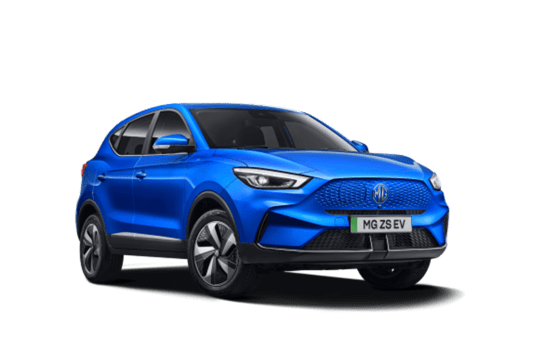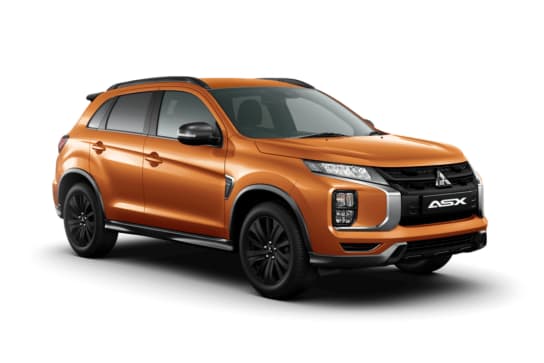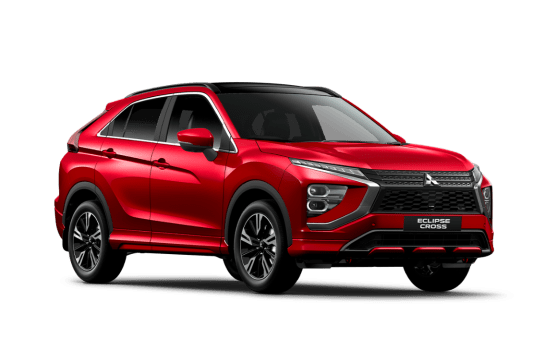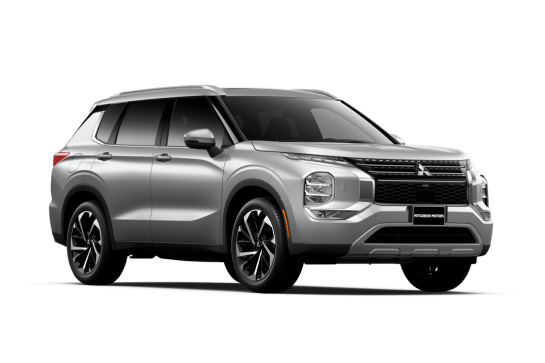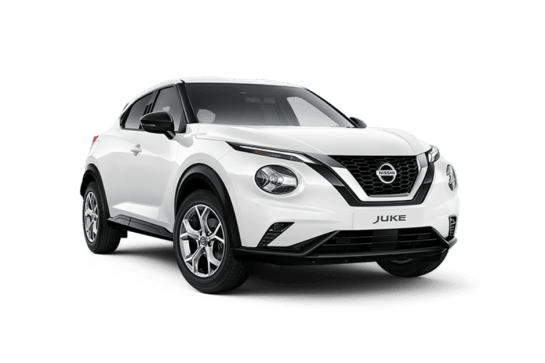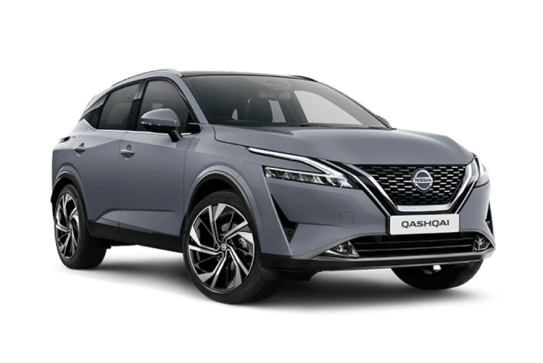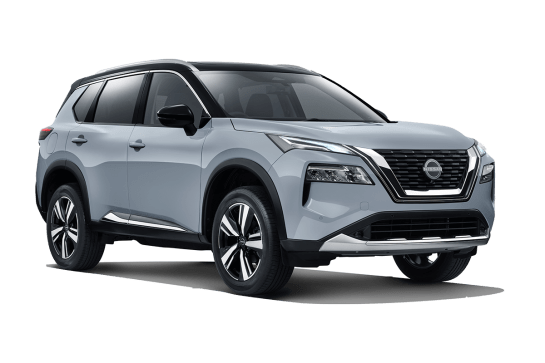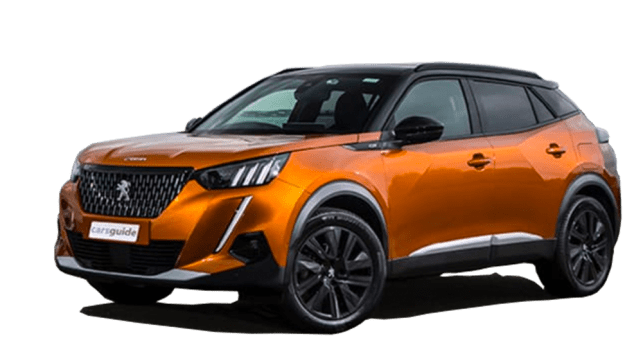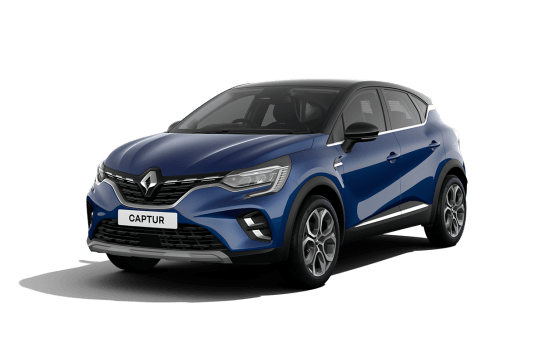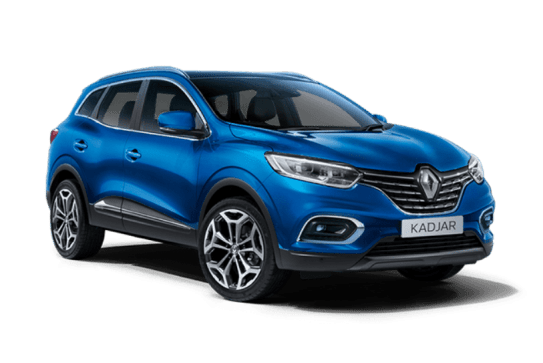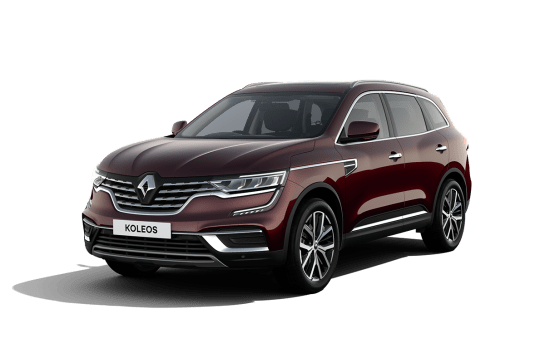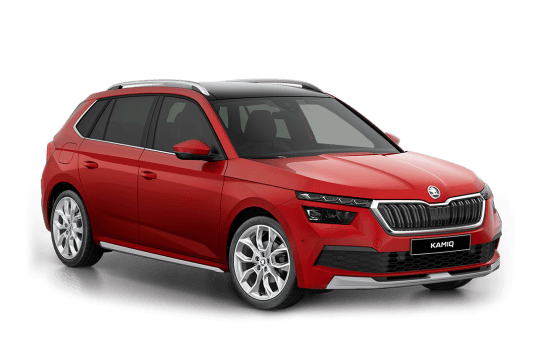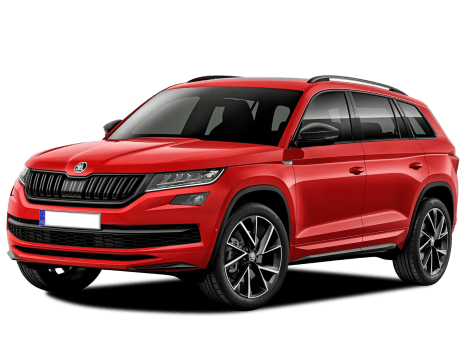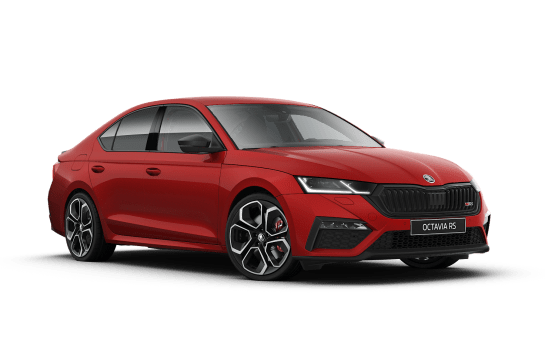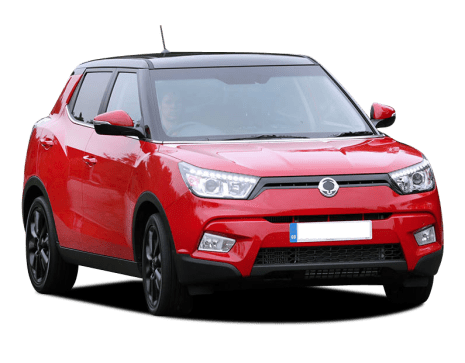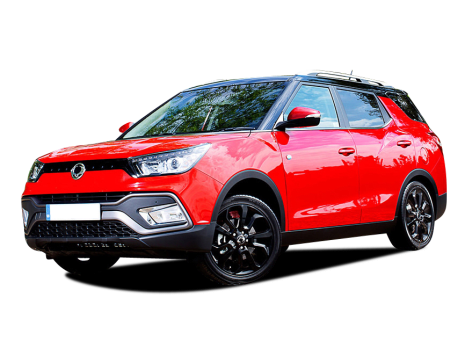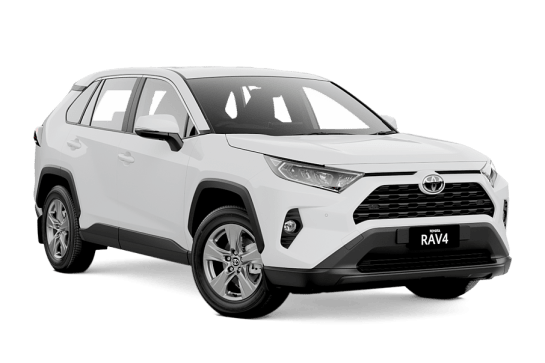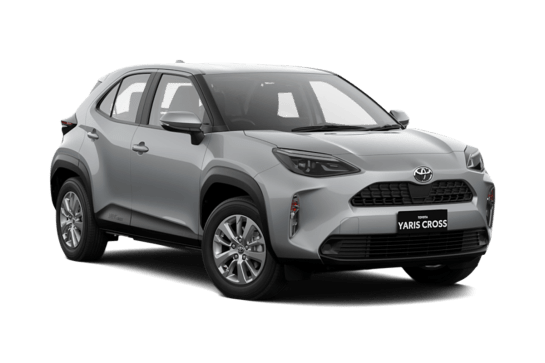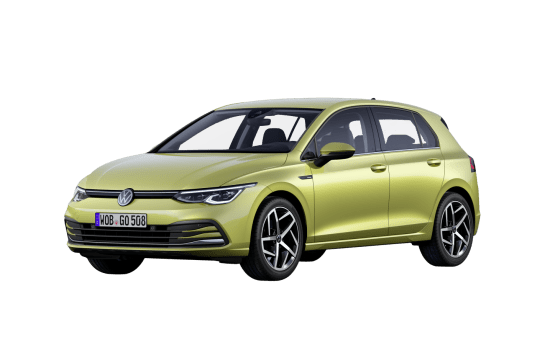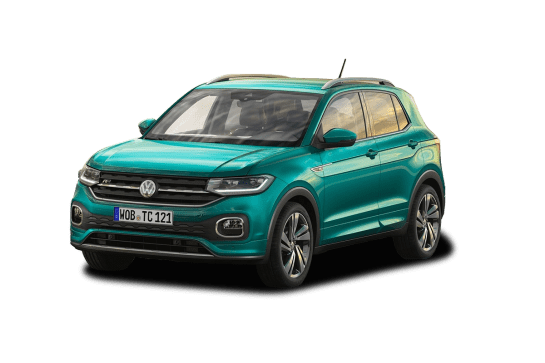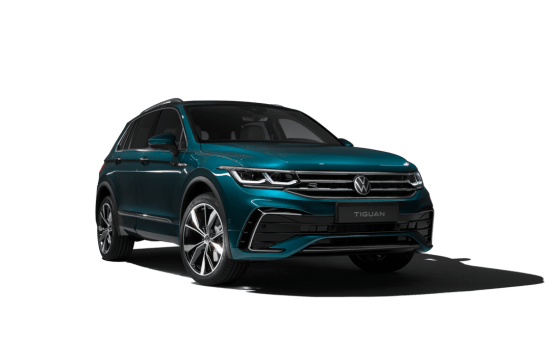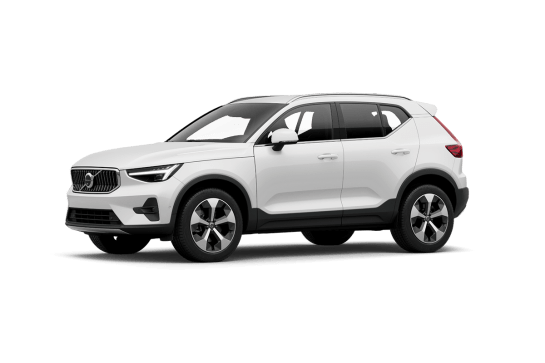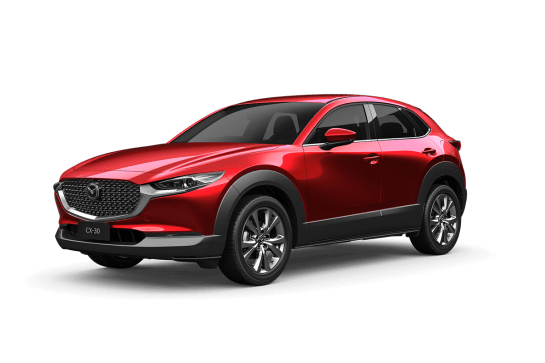
Mazda CX-30 VS MG ZS EV
Mazda CX-30
Likes
- Value
- Practicality
- Safety
Dislikes
- Dated interior
- Fuel efficiency could be better
- Bit noisy
MG ZS EV
Likes
- 440km range on a full charge
- Spacious with good storage
- Easy to drive
Dislikes
- Pricey compared to rivals
- No reach adjustment for steering wheel
- High driver's seat
Summary
Mazda CX-30
If you’re in the market for a city- and family-friendly compact SUV, you’re in luck.
The small SUV segment is one of the most heavily populated and hotly contested in the Aussie new-car market and the Mazda CX-30 G25 GT SP FWD is pitched against a seething pack of at least 10 similarly sized, generously specified and highly-credentialed competitors.
So, stay with us on a mission to determine whether this high-end version of one of Mazda’s best sellers is worthy of a spot on your new-car short list.
Read more about
- Mazda's BYD Seal and Tesla Model 3 rival coming soon? 2025 Mazda 'EZ-6' electric car seen testing in Europe: Report
- 'It's not unusual to us, it may be from where you sit': Why Mazda isn't looking to Toyota, BYD, Volkswagen or anyone else to develop next generation electric cars and hybrid CX-5 replacement
- Will Mazda's affordable electric car come to Australia? 2025 Mazda EZ-6 pricing and details revealed for its home market of China - report
| Safety rating | |
|---|---|
| Engine Type | 2.5L |
| Fuel Type | — |
| Fuel Efficiency | 6.6L/100km |
| Seating | 5 seats |
MG ZS EV
If, like just about everybody, you’re a bit concerned that an electric car might not be able to travel as far as you need to go, then the new MG ZS EV Long Range could be the small, fully-electric SUV for you.
We’ve tested the ZS EV Long Range here and can tell you how far you’ll get on a full charge and how much extra you’ll have to pay in price over the standard range version, along with what it’s like to drive, its features, practicality, ownership costs and of course its safety systems.
Read more about
- Advantage, BYD Atto 3? MG axes Australia's cheapest electric SUV as 2023 MG ZS EV Excite makes way for new entry model
- The sedan isn't finished yet! 2023 MG5 price and spec easily undercuts Toyota Corolla, Mazda 3 and Hyundai i30
- Should Porsche be worried? 2024 MG Cyberster electric sports car revealed as 400kW EV drop-top set for Australia!
Be sure to watch the video above, where I’ll take you for a ride and show you my Big Foot tattoo. Yes, seriously.
| Safety rating | |
|---|---|
| Engine Type | — |
| Fuel Type | Electric |
| Fuel Efficiency | —L/100km |
| Seating | 5 seats |
Verdict
Mazda CX-307.6/10
About to enter its fifth year in market the Mazda CX-30 is holding up well and this GT SP FWD grade delivers solid value relative to its key competitors, of which there are many. It’s also space-efficient, practical and performs well with top-shelf safety, decent refinement and good dynamic ability.
Alternately, it’s crying out for a hybrid powertrain to improve fuel efficiency, the interior form and function is starting to date and while it meets the market the ownership promise could be sharper. But this little SUV is still worthy of a spot on your new-car short list.
MG ZS EV8/10
The MG ZS EV Long Range is a practical small SUV that's easy to drive and the 440km it can travel on a full charge makes it the better choice over the standard range ZS EV. The extra 120km offered by the Long Range version reduces anxiety and is truly useful in covering more ground between charging.
The asking price may seem expensive but electric vehicle batteries are extremely costly to produce and will remain so for years to come.
Remember, too, that the MG4 electric car has an even great range for the same money - the only catch is, it's a hatch and not an SUV.
Design
Mazda CX-30
Mazda continues to follow a disciplined design path with everything from the MX-5 sports car to the BT-50 dual-cab ute sharing key attributes like the brand’s signature trapezoidal grille, simple flowing lines and sleek head- and tail-lights, all wrapped up with a subtle hint of chrome here and there.
Car-spotters with the GT SP on their checklist should look out for 18-inch black metallic rims as well as black exterior trim, including the mirror caps.
Inside, the CX-30 maintains Mazda’s restrained approach with smooth surfaces integrated across the multi-layer dash and primo leather-trimmed seats.
That said, this car is starting to show its age with the multimedia screen plonked on the top of the dash (in typical Mazda fashion) and a largely conventional instrument cluster.
Yes, the main dial is configurable courtesy of a central 7.0-inch TFT screen, but next to more recent arrivals boasting sleek, often twinned, flat screen displays the CX-30 looks and feels out of touch.
Functionally, there’s a sensible mix of digital controls and physical buttons (points for audio volume and ventilation dials!), but… the multimedia screen can only be accessed by a rotary controller in the centre console once the car is mobile (it works as a touchscreen when you’re stationary).
Some say touchscreens take your eyes off the road so the controller makes sense, but with a sequential app like Spotify it can take a lot of twirls to get to where you want to go, which upsets concentration and takes your eyes off the road, anyway. I’d prefer the relative ease of a quick press on a screen.
Aside from all that, the materials used are high quality with soft-touch surfaces across key contact points and hard plastics confined to high-wear areas.
MG ZS EV
The ZS EV Long Range has a traditional SUV shape but with a very futuristic looking face thanks to its grille-less nose. That’s because with no radiator needed to cool a combustion engine there’s no need for an open vent or grille for air flow.
MG has used a textured plastic to subtly imitate an old-school grille to lessen the visual impact of a sheet of plastic between the headlights.
I think the effect works although the obvious charging flap could have been cleverly and seamlessly integrated into the nose, in the same way Genesis has done with the GV80 Electric. But the attempt has failed.
The ZS EV Long Range’s cabin looks premium with the sporty seats and red stitching, the landscape screen and digital driver display.
But, while the interior looks great, it feels a little low quality in places such as the vinyl upholstered seats.
There are some ergonomic issues with the high centre armrest and the raised seating position, too.
Practicality
Mazda CX-30
At just under 4.4m long, close to 1.8m wide and little over 1.5m tall (with a 2655mm wheelbase) the CX-30 is in the middle of the pack it competes with in terms of key dimensions.
And space up front is more than adequate, with an impressive feeling of roominess for a relatively small SUV.
For storage, there’s a large lidded box (which doubles as an armrest) between the front seats as well as a pair of cupholders in front of the gear-shifter with a bay for wireless device charging ahead of that.
The glove box is big, there are bins in the doors with room for decent size bottles and a drop-down tray for sunglasses sits overhead.
Move to the rear and the amount of space on offer is surprisingly generous. Sitting behind the driver’s seat, set for my 183cm position, I have plenty of head and legroom, although three full-size adults across the back seat will be an uncomfortable proposition for anything other than short trips. A trio of up to mid-teenage kids will be fine.
Adjustable air vents at the back of the front centre console are a welcome inclusion for back-seaters and storage runs to a map pocket (weirdly, on the back of the front seat only), a pair of cupholders in the fold-down centre armrest and bins in the doors with room for smaller bottles.
In-cabin power and connectivity includes two USB-C outlets and a 12-volt socket in the front centre storage box. No USBs specifically for those in the rear, which is a miss for road trips and no 12V in the boot which can be handy when camping or picnicking.
Speaking of the boot, cargo volume with the rear seat upright is okay for the class at 317 litres, which expands to a healthy 1479L with the 60/40 split-folding backrest lowered. For comparison the Kia Seltos coughs up 433L with the rear seat upright.
The space is illuminated, there are tie-down anchors to help secure loose loads and there’s a space-saver spare sitting under the floor.
And if you’re keen on towing a tinnie or similar you’re good to go for a 1200kg braked trailer (600kg unbraked).
MG ZS EV
The ZS EV Long Range is a practical small SUV and it fit my little family of four, although my kids are both under 10 years old and not at the lanky teenager point yet.
Space on board is good, offering ample legroom for even me (at 188cm) in the second row and adequate headroom back there, too.
I like the large door pockets, the wireless phone charger, and there are two USB ports for the back seats and another two up front.
The second row also has directional air vents and dark-tinted windows. I liked the panoramic sunroof's retractable shade, too.
SUVS like the MG ZS offer easier access than sedans and hatches thanks to the elevated ride height which means people of my height don’t need to crawl in and out on their knees.
Boot capacity is decent at 359 litres, but not enormous.
Price and features
Mazda CX-30
The Mazda CX-30 G25 GT SP FWD weighs in at $43,140, before on-road costs and our test example features the optional ‘Vision Pack’, the details of which we’ll get to shortly, raising the price $1300 to $44,440.
Alternate options around that price point include the Hyundai Kona Premium N Line 2WD ($42,500), Kia Seltos GT-Line FWD ($41,850), Mitsubishi Eclipse Cross Exceed 2WD ($40,990), Honda HR-V e:HEV L 2WD ($42,900, drive-away), Nissan Qashqai ST-L FWD ($42,690), Peugeot 2008 GT FWD ($44,490), Renault Arkana Techno FWD ($41,000), Suzuki S-Cross Plus FWD ($41,490), Toyota C-HR 2WD GXL Hybrid ($42,990) and Volkswagen T-Roc Style FWD ($40,590).
That’s quite the automotive smorgasbord, the resulting price and specification cage fight meaning every included feature counts and the Mazda heads into battle with some significant weapons in hand.
Specifically, dual-zone climate control, a head-up display, a 10.25-inch ‘widescreen’ multimedia display, 7.0-inch driver’s multi-information display, 12-speaker Bose audio (with digital radio), wireless Android Auto and Apple CarPlay, ‘Burgundy’ leather seat trim, heated front seats, leather trim on the gearshift and heated steering wheel, wireless phone charging, power-adjustable driver’s seat (with memories), a glass power tilt and slide sunroof and a power tailgate.
There’s also adaptive auto LED headlights, 18-inch black metallic alloy wheels, radar cruise control (with stop/go), a reversing camera, auto-fold (and tilt) heated exterior mirrors and keyless entry and start.
It’s an impressive and competitive equipment list for a small SUV under $45K, even before we get to the performance and safety tech covered later in the review.
MG ZS EV
The MG ZS EV Long Range lists for $55,990 which is about $11,000 more than the standard range ZS in the Essence grade.
The features on this Long Range are almost identical to the Essence, too.
Coming standard are LED headlights and running lights, then there are those 17-inch alloy wheels (which have aerodynamic covers on them), proximity unlocking, roof rails, the rear spoiler and a panoramic sunroof with a retractable cover.
Inside, the seats are a combination of polyurethane and PVC, plus there’s a 10.1-inch media display with sat nav, Apple CarPlay and Android Auto.
You can see the battery status from the screen as well along with the energy efficiency.
Climate, phone and media are all accessed through the screen, but fortunately there are physical buttons for volume, temperature and fan speed.
There’s single-zone climate control and tinted rear windows.
A 360-degree camera view is also standard, but the quality of the picture is pretty murky.
How does that cost compare to rivals? Well, you could buy an MG4 electric vehicle for about the same price with 530km of range, but it’s not an SUV.
You can even get a Tesla Model 3 for about $61K, but again, that’s not an SUV. The Tesla Model Y is an SUV and lists for $69,300 and has 455km of range.
The closest competitor would be the BYD Atto 3 Extended Range which can travel 420km and lists for $51,011.
There are more affordable EVs coming from brands like BYD and GWM, too, and they’re all competing for your money.
Compared to the MG ZS EV Essence the Long Range has exactly the same features, apart from the tinted rear windows, but you’re paying $11,000 more. What you’re paying for is a bigger battery which will allow you to drive 120km further.
The MG4 Long Range offers more distance and represents better value, but it’s not an SUV and therefore not as practical as the ZS EV.
Under the bonnet
Mazda CX-30
The CX-30 GT SP is powered by a 2.5-litre, naturally aspirated, four-cylinder petrol engine producing maximum power of 139kW at 6000rpm and peak torque of 252Nm at 4000rpm.
It’s a proven all-alloy unit featuring direct-injection as well as variable intake and exhaust valve timing with drive going to the front wheels via a six-speed auto transmission.
The AWD version of the GT SP adds an electromagnetic multi-plate clutch pack (managed by a multitude of sensors) to selectively engage the rear wheels, as well. But its engine and transmission combination is identical to this FWD model’s.
MG ZS EV
The MG ZS EV has one electric motor driving the front wheels and it makes 115kW of power and 280Nm or torque.
That’s the same power as the petrol MG ZS, but more torque, so it accelerates faster. We’re talking 0-100km/h in 8.5 seconds.
Sure, that’s not Tesla quick, but being an electric car the acceleration is instantaneous with none of the lag petrol cars have due to turbos or changing gears.
How much can the ZS EV tow? Not much. The braked towing capacity of the ZS EV Long Range is 500kg. But think of it like this: a box trailer can weigh about 250kg and a fully grown Sumatran tiger can also weigh up to 250kg.
So an ZS EV Long range can tow a box trailer carrying a fully grown tiger. That sounds impressive.
For more on what the ZS EV Long Range is like to drive, keep reading.
Efficiency
Mazda CX-30
The CX-30 GT SP FWD’s official fuel consumption figure on the combined (urban/extra-urban) cycle is 6.6L/100km, the 2.5-litre atmo four-cylinder engine emitting 154g/km of C02 in the process.
It features fuel-saving stop-start and cylinder deactivation functions as standard and over a combination of city, suburban and some freeway running we saw an average of 8.4L/100km, which is average for an SUV in this class. A comparable hybrid package would easily better this result.
Based on the car’s 51-litre fuel tank theoretical range between refills is 772km, which drops to just over 600km using our real-world test consumption number. But the good news is this CX-30 runs happily on cheaper 91 RON ‘standard’ fuel.
MG ZS EV
The ZS EV Long Range has a larger battery than the standard range ZS EV and this gives it the ability to travel further on a full charge.
The regular version is fitted with a 51.1kWh battery and the Long Range has a 72.6kWh battery which is pretty big - and that gives this an official range of 440km.
The standard range ZS EV has a range of 320km. So the Long Range will get you 120km further which could make all the difference in whether you make it to your destination or not.
So, is 440km a lot compared to other electric cars? Well, it’s more range than the Nissan Leaf (385km) or Mini Electric (233km), but not as much as the Kia Niro (460km) and 50km less than the entry-grade Tesla Model 3 (491km).
Put it this way, the 320km offered by the standard ZS EV falls short of what I think is enough. But anything with more than 400km is truly useful and I find anything less than this can bring on range anxiety pretty quickly.
The ZS EV Long Range is fully electric and that means you’ll have to plug it in to charge it.
You can charge up using a household power point, but it’ll take more than 24 hours to get to 100 per cent. So, a much better idea is to use a fast public charger.
A 50kW charger will take the battery from empty to 80 percent in 63 minutes using a CCS Type 2 port/plug.
As for energy efficiency, MG says that after a combination of open and urban roads the ZS EV Long Range will use 17.7kWh/100km.
I drove our ZS EV Long Range every day and used it for school drop offs, city commutes and some motorway running. And while most of the 156km I travelled was urban-based the trip computer was reporting an average of 20.0kWh/100km.
Driving
Mazda CX-30
It’s rare in 2024 to find a small SUV that doesn’t have at least one turbocharger attached to its engine, the CX-30’s 2.5-litre ‘atmo’ four being one of those increasingly scarce examples.
But Mazda’s been laser-focused on extracting maximum power and efficiency from its non-turbo petrol engines for yonks and this one stands up well.
It doesn’t have the low-down punch a turbo typically delivers but maximum pulling power arrives at a useable 4000rpm and it’s eager enough for easy city and suburban running as well as confident freeway cruising.
Although Mazda doesn’t quote an official number you can expect a sprint from 0-100km/h in around 8.5 seconds, which is quick for the class.
Worth noting engine noise and a raspy exhaust note make their presence felt under acceleration and the throttle isn’t as refined as it could be. Not a huge deal, but a slight jerkiness is evident on initial, especially moderate, acceleration.
The six-speed auto is smooth and fuss-free, the steering wheel paddle shifters on hand if you need to intervene and select a specific ratio. ‘Sport’ mode peps things up, causing the transmission to shift down earlier and up later. But it’s aggressive in that it often holds onto a gear for too long and you find yourself diving back to the default normal setting.
Tipping the scales at just under 1.5 tonnes, the CX-30 is underpinned by a MacPherson strut front, torsion beam rear suspension and ride comfort on typically pock-marked urban surfaces is average for the category. That is, a bit jittery over bumps and corrugations but there’s no bone-jarring going on here.
Steering feel and response is good and the grippy steering wheel helps with a connection to the front tyres. Speaking of which, the standard rubber is high-performance (215/55) Dunlop SP Sport Maxx 050 which is grippy and commendably quiet.
Push on into a corner and the CX-30 remains balanced and predictable with body roll well under control. Torque vectoring, by engine and physical braking, is also onboard to reel things in if you overstep the mark.
Braking is by discs all around, vented at the front and solid at the rear, and they wash off speed effectively with a satisfyingly progressive pedal action.
Vision is good, which combined with the CX-30’s compact dimensions and 10.6m turning circle, means parking is easy. Especially when you factor in the hi-res reversing camera and front and rear parking sensors.
MG ZS EV
At first, the driver’s seat felt overly high and the lack of reach adjustment in the steering wheel made finding a good driving position harder.
But, the ZS EV Long Range is comfortable and easy to drive, while its size and ‘electric zippiness’ makes this little SUV perfect for narrow city streets and tight car spaces.
Some EVs have break-neck acceleration and minimalist cabin controls which can feel weird, but the ZS EV Long Range’s cabin looks just like a regular combustion engine car’s and the motor has the same power as a petrol ZS’s engine.
That said, the instant acceleration of their ZS EV Long Range is fun and great for moving quickly out of car space, merging and overtaking when needed.
As with all EVs, passengers who are prone to motion sickness might find the acceleration and heavy deceleration a bit much. My family didn’t complain but the photographer who filmed the video above found it a bit much while looking down at his screen.
Safety
Mazda CX-30
The CX-30 carries a maximum five-star ANCAP assessment from early 2020 when the car was introduced locally.
It scored a stunning 99 per cent in the adult occupant protection category and an impressive 88 per cent for child occupant protection.
Active (crash-avoidance) tech includes AEB (operating from 4.0-160km/h) as well as lane keep assist, lane departure warning, traffic sign recognition, intelligent speed assistance, blind-spot monitoring, front and rear parking sensors, rear cross-traffic alert, a reversing camera and tyre pressure monitoring.
Mazda’s ‘Vision Pack’ is also standard which includes a 360-degree camera view, ‘Cruising & Traffic Support’, driver fatigue monitoring and front cross-traffic alert.
The airbag count runs to seven - dual front and front side, full-length side curtains and driver’s knee.
There are three top tether points for child seats across the second row with ISOFIX anchors on the two outer positions.
MG ZS EV
The ZS EV Long Range has yet to be given an ANCAP rating, but it is equipped with AEB, rear cross-traffic alert, lane keeping assistance and blind-spot warning. There are front and rear parking sensors and six airbags.
For child seats there are two ISOFIX points and three top tether anchor mounts across the second row.
Ownership
Mazda CX-30
Mazda covers the CX-30 with a five-year/unlimited km warranty which is the norm in the mainstream market, and it’s worth noting a growing number of competitors are now at six, seven or even 10 years, although the latter are typically conditional on authorised dealer servicing. Roadside assistance is provided for the duration of the warranty.
Service is recommended every 12 months or 15,000km and Mazda’s ‘Service Select’ program sets maintenance pricing out to seven years, the lowest over that period being $352 and the highest $626, for an annual average of $459, which is reasonable but not exceptional for the category.
For comparison, a similarly specified Toyota C-HR averages $330 per workshop visit over the same period.
MG ZS EV
The ZS EV Long Range is covered by MG’s seven-year/unlimited kilometre warranty. The battery is covered by a seven-year unlimited kilometre warranty, too.
Servicing is recommended by MG at 40,000km/24 month intervals.
According to MG the first service costs $295, then the next is $810, then $295 for the third, $810 for the next and so on. That’s about $233 a year over six years which is excellent value.



